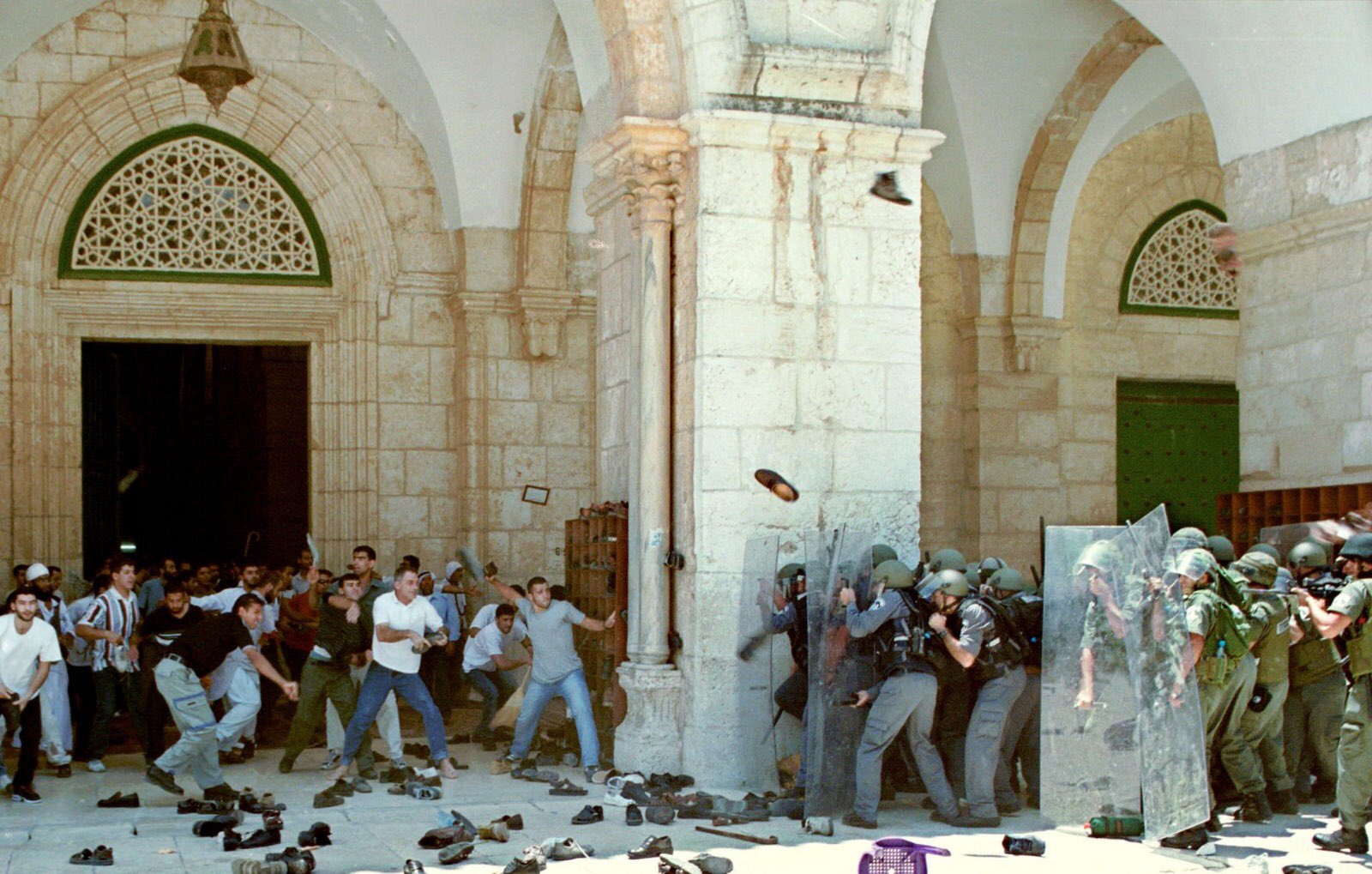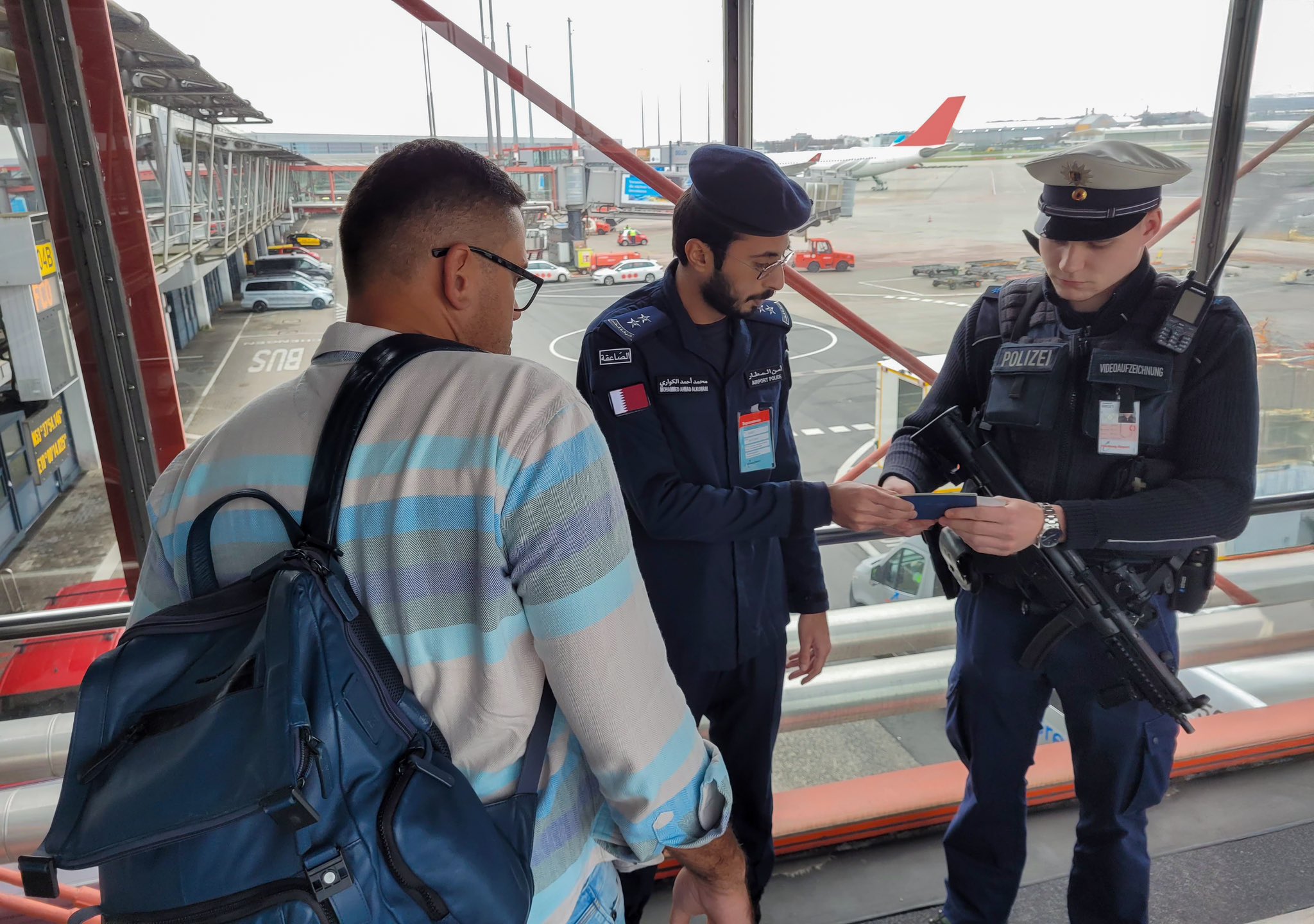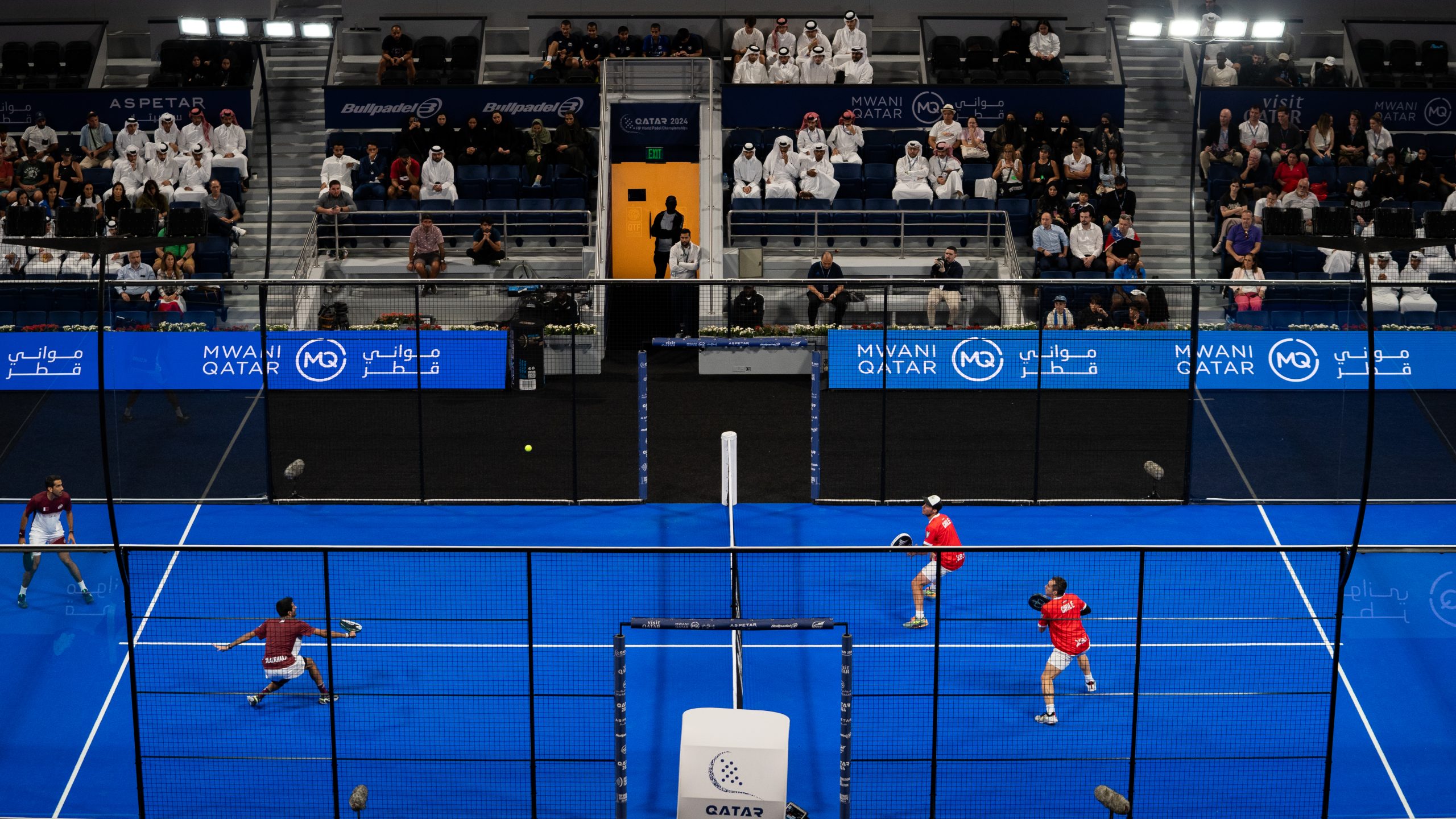Many Israeli right-wing activists have called for the destruction of the Al-Aqsa Mosque to make room for a Third Temple.
It’s been 23 years since the world condemned a provocative move by Israel’s Ariel Sharon who stormed the Al Aqsa mosque compound and caused global outrage and triggered the second Intifada, also known as the Al-Aqsa Intifada in 2000.
Earlier this week, history repeated itself as Itamar Ben-Gvir, Israel’s far-right national security minister, entered the Al-Aqsa Mosque compound in occupied East Jerusalem, in a move that was also referred to as a “deliberate provocation”.
The minister did this despite being alerted by Israeli politicians that doing so would exacerbate tensions. The United States, Israel’s main ally, also said it was “deeply concerned” by the events on Tuesday while warning that changes to the status quo of Jerusalem’s holy sites is “unacceptable”.
So why is storming Al-Aqsa deemed to be provocation?
Religious significance of Al-Aqsa
The mosque, which is the third holiest site in Islam, has been for centuries managed by Muslims as part of an agreement that only allows Muslims to pray at the mosque.
Ultra-Orthodox Jews believe it to be impermissible to enter the Al-Aqsa Mosque compound and Israeli authorities forbid prayers by Jews in the area.
However, Al Aqsa has frequently been the target of raids by Israeli forces as well as by hardline organisations hoping to replace it with a temple.
The 14-hectare mosque is home to the revered Dome of the Rock, which has a golden dome and is probably one of Jerusalem’s most recognisable landmarks, as well as the historic Al-Qibli Mosque.
The enormous compound, also known as Haram Al-Sharif, or “noble sanctuary,” in Arabic, historically had 15 gates that allowed worshippers to swarm into its grounds from the surrounding Old City of Jerusalem.
Only 10 of these, which are operated by heavily armed Israeli soldiers and police officers, are still in operation.
Jews refer to the area as the Temple Mount, and many believe that there once stood there two Jewish temples: the first, which King Solomon built and which was destroyed by the Babylonians, and the second, which was destroyed by the Romans.
The location is home to the “Foundation Stone,” where devout Jews think the world’s creation actually started.
A symbol of Palestinian nationhood
Al-Aqsa is one of the few national symbols that Palestinians believe they still have some degree of control over.
They worry, however, about the slow but growing Jewish incursion akin to what occurred at the Ibrahimi Mosque (Cave of the Patriarchs) in Hebron, where after 1967, half of the mosque was converted into a synagogue, which has since grown in size.
The mosque and its compound are more than just a place of worship for Palestinians; it is also the hub of their cultural life, where they go to rejoice, gather, and grieve.
Many of the regulars at the mosque have been going there since they were young, and for them, Al-Aqsa is the most prominent representation of their nation.
At the heart of the occupation
During the 1967 war, Israel occupied the Al-Aqsa mosque along with the rest of East Jerusalem and the West Bank.
The occupation is illegal under international law.
The mosque’s existence is under constant threat posed by hardline groups who want the area to serve as the location of a rebuilt temple, adding even more to the Palestinians’ attachment to the mosque.
Due to Israeli security measures, Muslims frequently encounter barriers to entry at Al-Aqsa, with young men being particularly targeted during times of heightened tension.
Only West Bank Muslims with permits are allowed entry, yet there are various restrictions, including a complete bar on certain days.
Why do Israeli forces storm Al-Aqsa?
Whenever tensions are at their highest, on Jewish or Israeli national holidays, or when there are large gatherings of Palestinians, Israeli forces frequently storm Al-Aqsa.
There have been numerous assaults on Al-Aqsa, primarily by Zionist organisations, and Israeli authorities have come under fire for conducting excavations and demolitions there.
Despite a long-standing joint guardianship agreement between Israel and Jordan that prohibits non-Muslim prayer at the site, the number of Jewish worshippers who pray there has risen in recent years. Israeli far-right activists are pushing for an increased Jewish presence at the site.
Worshipers at Al-Aqsa are confronted by tear gas, rubber-coated steel bullets, arrests, and beatings as Israeli forces storm the site.
Many of the Dome of the Rock’s historic stained glass windows were broken when Israeli forces stormed Al-Aqsa in May 2021, and skunk water was used to attack those who were praying inside the mosque.
Western Wall
Religious and political support for the idea of rebuilding the temple has grown in recent decades, despite opposition from mainstream Jewish religious leaders.
Israeli authorities permitted Jews to offer prayers at the Western Wall following the conquest and subsequent occupation, but not inside Al-Aqsa.
Jews hold the Western Wall in high regard because they consider it to be the final piece of the Herodian temple, which the Romans destroyed in 70CE.







